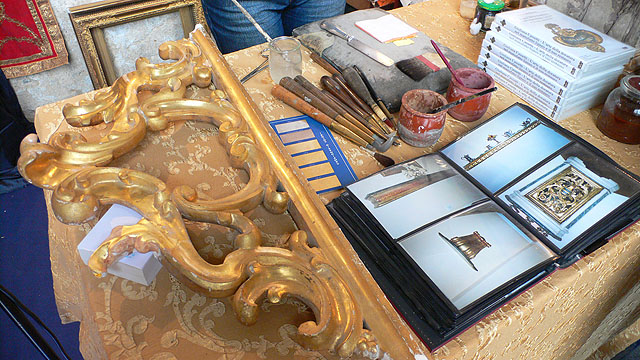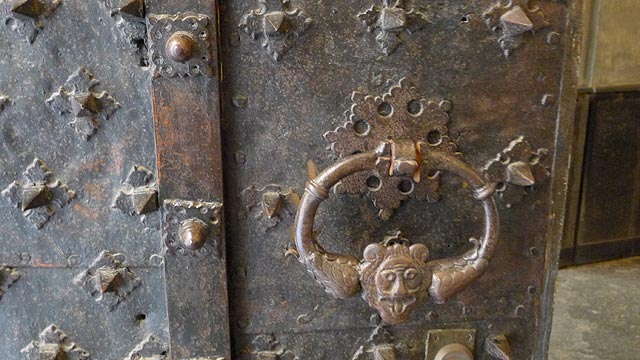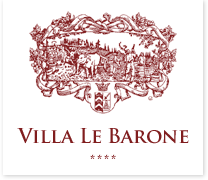
In Italy, especially in Tuscany, craftsmanship (also called handicraft) has always been highly developed and varied.
Weavers, blacksmiths, potters, carpenters, glaziers, masons, gilders, to name just a few, practice trades which existed since man lives in society. These are based on techniques that are transmitted from generation to generation, rich of know-how and creativity which no form of industrialization has ever replaced or could replace. Some of the tools used by craftsmen, and often objects they create have shapes that have not changed for centuries. The gestures that shape and master the raw material perpetuate traditions, culture and art. Thus, craftsmen own great skills based on knowledge and experience, assimilated after a long apprenticeship and a daily commitment.
The development of crafts in Florence and Tuscany dates back to the Middle Age. Merchants and artisans have developed from the eleventh to the seventeenth century treasures of energy and ingenuity. Grouped in different corporations or guilds ( “Arti”,) craftsmen acquire a reputation for excellence in weaving wool, silk, leather work, ironwork….. In the 17th century the notions of craftsman and artist, which were one and same, now diverge. What distinguishes the artist is a matter of intent: the craftsman creates everyday objects, with a purpose going beyond simple decoration. Furthermore, the craftsman’s skills are learned, not art. However, it has become nowadays usual to speak of “crafts” for certain occupations where creativity and aesthetics play an essential role (Art blacksmiths, glaziers, graphic artists).

Until 1950, craft history has not really been studied, except perhaps from the economic and legal aspects. Only from the 1970’s on, the subject is looked upon in the anthropological perspective, including such aspects as urban and rural crafts, migration, companionship, daily life attitudes, mindsets. A book should be mentioned, by Richard Sennett, www.richardsennett.com , Professor at the London School of Economics and New York University: “The Craftsman”, in which he explores the world of crafts, ranging from ancient Roman civil works to Renaissance goldsmith while not forgetting eighteenth century Paris printers and industrial revolution factories.
It is with the objective of maintaining alive this tradition of quality craftsmanship that the Craftsmanship Observatory (Osservatorio Mestieri d’Arte, www.osservatoriomestieridarte.it) was established in 2001 with the support of the Ente Cassa di Risparmio di Firenze. The International Craftsmanship Fair (Mostra Internazionale dell’Artigianato www.mostraartigianato.it) which is going to be held in Florence from April 21st to 28th will also give the opportunity to discover the work of many Florentine and Tuscan artisans as well as craftsmen coming from other parts of Italy and the World.
Boutique hotel Villa le Barone is proud to be working with craftsmen from Panzano, Greve in Chianti and Florence: upholsterer, carpenter, blacksmith, framers, restorers of art.. Come stay in this country hotel in Tuscany to enjoy their creations!
